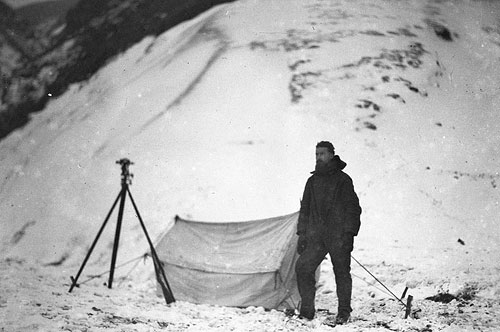Macquarie Island
Macquarie Island is a small and beautiful island in the Southern Ocean situated south east of Australia, about halfway to the Antarctic continent. Discovery of the Island is attributed to Captain Frederick Hasselborough of the brig Perserverance in 1810. He named the island Macquarie after the then New South Wales Governor, Lachlan Macquarie.
Hasselborough and his crew were hunting the fur seals of Macquarie and they found large numbers of them. Soon after news of the richness of the sealing ground spread, many crews sailed south to Macquarie. During the next ten years at least 120,000 fur seals were killed for their skins. Ten years later the fur seal population was commercially unviable. People continued to visit Macquarie hunting elephant seals and penguins for their oil.
In 1911, men from the Australasian Antarctic Expedition established a small base and a radio relay station on Macquarie. This was the first significant scientific base on the island. The relay station, on Wireless Hill, was the first to establish radio links between Antarctica and Australia thereby breaking the long isolation that previously beset Antarctic expeditions.
Twenty one year old Leslie Russell Blake (1890 - 1918) joined the Australasian Antarctic Expedition in 1911 - 1914, as surveyor and geologist from the Geological Survey Department in Brisbane. During his stay on Macquarie Island, Blake travelled to many parts of the island, seeking geological samples and completing his survey. He stayed in sealers' huts at Sandy Bay and Lusitania Bay, establishing survey points, making his topographical sightings and assessing the local geology. Tragically, Blake was killed in France just before the end of the war.

Blake & his tent taken during his survey of the island, 1911 - 1914, by L. R. Blake
Photo ON 144/H312
In March 1948, at Buckles Bay, 13 men from ANARE established a scientific station that has been operating continuously ever since. On this first expedition, the men also landed 400 tonnes of supplies, Leicester sheep and Saanen goats to supply food for the expeditioners. On the return journey, six Gentoo penguins, six Rockhopper penguins and three young Elephant seals were collected for Melbourne Zoo.

